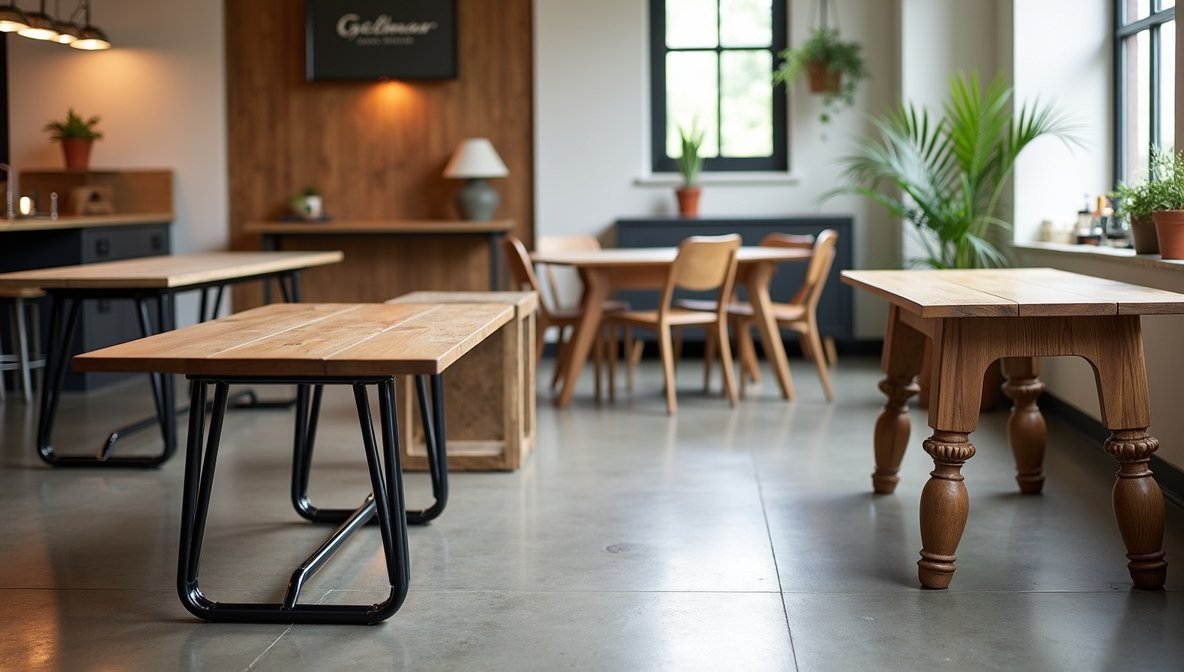Orlando Pirates vs Richards Bay | Match Preview, Analysis & Key Highlights
The battle between Orlando Pirates vs Richards Bay is one of the eagerly awaited match-ups of South Africa football. The two clubs are two of the most powerful sides in the PSL (Premier Soccer League), drawing a lot of attention across the country from fans, analysts, and media. Where Orlando Pirates bring history, titles, and global prestige, Richards Bay offers grit, dogged determination, and a burning desire to make themselves a bigger name at the highest level. When two such disparate teams come head to head, it is not just a question of three points, but legacy, pride, and momentum for the season as a whole. Supporters look forward to these matches so much because they offer thrills, goals, and tactical battles that can even play a part in dictating the league table. This blog will dissect every vital element of the Orlando Pirates vs Richards Bay clash, including background, key questions, tactical approach, statistics, and the likely outcome. We’ll also compare the teams by the numbers and have Frequently Asked Questions as we give you the full preview of this exciting matchup.Key Points After Introduction: Table of Contents Why Is Orlando Pirates vs Richards Bay Considered A Key Fixture? The match between Orlando Pirates and Richards Bay is a fascinating one as it combines history with fresh ambition. One of the oldest and most decorated football clubs in South Africa, Orlando Pirates, comes into the game as the favorites. They have a huge fan base, and they’re a lot of players who know how to deal with pressure. By contrast, Richards Bay, as one of the newest sides in the PSL, has continually shown that they are no pushovers. One reason why it’s always so heavily scrutinised is that it is a clash of two footballing styles. Orlando Pirates like to play with flair, invention and attacking authority, while Richards Bay are all about discipline, teamwork and a solid defence. Fans get to watch two different styles of soccer duking it out on the same pitch. The game is an important one for the PSL table as well. Points in the league are precious, and an upset here can provide a huge boost of confidence to one of these teams. Richards Bay, in particular, will see this as an opportunity to prove they can mix it with the big guns, and Orlando Pirates are desperate for wins that will get them closer to bags of silverware.Reminder: Every football match is more than figures; It’s pride, it’s emotion, and it’s legacy. Table: At a Glance at the Club Histories Team Founded Major Titles Won Fan Base Size Playing Style Orlando Pirates 1937 Multiple (PSL, CAF) Huge, Nationwide Attacking & Creative Richards Bay 2017 None (Growing Club) Local & Rising Defensive & Disciplined This table clearly demonstrates where the vast experience of Orlando Pirates is leavened by the youthful hunger of Richards Bay. How have the teams been performing? Latest matches form, last matches of ORLANDO PIRATES: Previous: Recent performances have little impact on what to expect on Orlando Pirates v Richards Bay. Consistency-wise, Orlando Pirates are a side that usually control the pace and certainly enjoy possession of the ball and, on most occasions, create opportunities. However, they attack very well, and their midfielders and strikers come into this match in good form. Monnapule Saleng, Zakhele Lepasa, to name a few, have all been in splendid form with match-winning contributions in key matches. Richards Bay, on the other hand, not quite as swashbuckling in terms of attack, fits into their hardy persona. Opponents are often frustrated by their defense. They don’t always win by big scores, but they find a way. Bigger outfits in the likes of Richards Bay have proven that they can grind against the bigger clubs and hold them down to draws or even a narrow win with counter-attacking style of play. This contrast in performance quality has made the game very unpredictable. Pirates might be bossing proceedings, but there is a sting in the tail, which can come from Richards Bay if they spring a quick counter-attack. Statistics from last season illustrate these distinctions as well.Table: Recent Form Comparison Team Last 5 Matches Wins Draws Losses Goals Scored Goals Conceded Orlando Pirates 5 3 1 1 9 4 Richards Bay 5 2 2 1 4 3 From this table, it is clear that Pirates are more of an attacking team at the same time Richards Bay is a defensive team. Note: Statistics are just one part of the narrative; football is unpredictable. How do the sides set up tactically? Tactics will be crucial in the Orlando Pirates vs Richards Bay clash. Orlando Pirates like to keep the ball, attack the wings, and use passing to penetrate defenses. Their way is to roll up chances, clog an opponent until they break. Richards Bay, though, tends to defend in a narrow shape. They are organized in the back, they clog space, they wait and wait and wait for just the right moment to counter-attack. They compete this way, tactically, with everybody, with bigger clubs. That is, say, against the Pirates: Their defense may let the Pirates have the ball and rest on their defense being caught off guard in transitions. A great example is how Richards Bay often relies on set-pieces to score goals. Corners and free kicks become crucial opportunities for them. Pirates, on the other hand, focus on open play creativity, relying heavily on their midfield’s ability to dictate tempo. That’s what makes the game interesting — the tactical hand-to-hand combat. It’s now up to the fans to see if the creativity of Pirates can break down the defensive wall of Richards Bay. What Does This Clash Mean To Fans And South African Football? Football isn’t only about teams and tactics — it’s about fans too. Pirates vs Richards Bay has cultural and emotional significance. The Olifantsvlei-based supporters of Orlando Pirates, who have been entertaining the world since time immemorial, feel this is just another stage and a chance to … Read more



